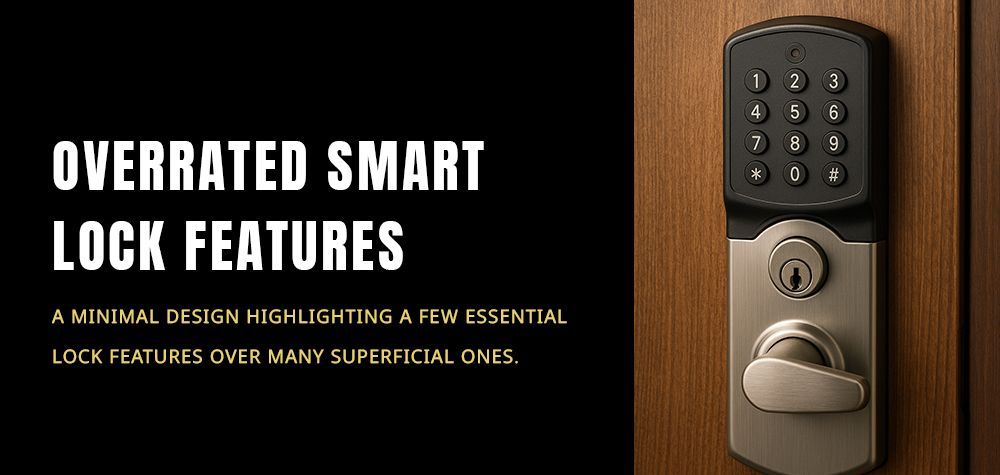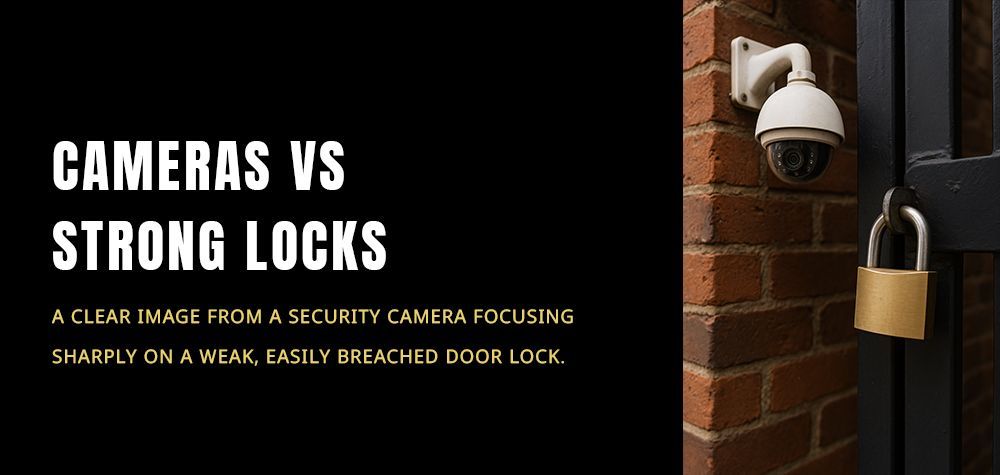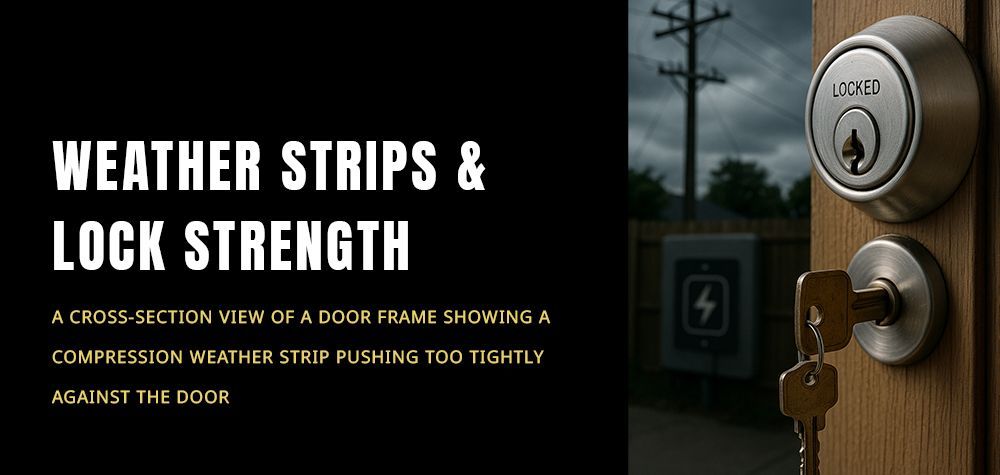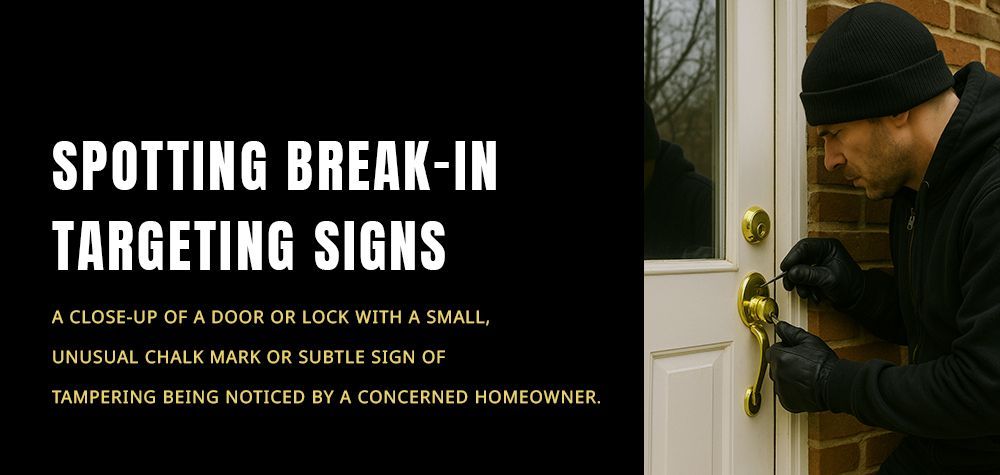Types of Safe Lockers and Their Security Features
When choosing a safe locker, understanding the different types and their security features is essential for ensuring optimal protection of your valuables. In this guide, we’ll explore various safe locker types, their unique security features, and tips on selecting the best safe for your needs.
1. Introduction to Safe Lockers
Safe lockers have evolved into sophisticated security devices designed to protect valuable items such as documents, jewelry, money, firearms, and electronic gadgets. They offer peace of mind through robust security features that counter threats like theft, fire, and water damage. The type of safe locker you choose depends on your specific needs, whether you're concerned about burglary, environmental factors, or ease of access.
2. Types of Safe Lockers
a. Fire-Resistant Safes
Fire-resistant safes are designed to protect their contents from high temperatures. These safes are rated based on how long they can withstand fire exposure, typically between 30 minutes to 2 hours. They are commonly used to store important documents and digital media that can be damaged by heat.
Key Features:
Fire ratings measured in minutes or hours.
High-temperature threshold (up to 1700°F).
Insulated interior to protect contents from heat damage.
Best for: Important documents, digital media, and electronics.
b. Burglar-Resistant Safes
Burglar-resistant safes are built with high-grade steel and advanced locking mechanisms to deter break-ins. They are rated by Underwriters Laboratories (UL) based on their resistance to forced entry.
Key Features:
Heavy-duty steel construction.
Advanced locking systems (e.g., combination locks, biometric systems).
Anti-pry and anti-drill features.
Best for: Jewelry, cash, important documents, and other valuables.
c. Waterproof Safes
Waterproof safes protect their contents from water damage due to flooding, leaks, or fire suppression efforts. These safes have tightly sealed interiors to keep water out.
Key Features:
Sealed with waterproof materials.
Tested to withstand water submersion for specified periods.
Often paired with fire and burglar resistance.
Best for: Documents, electronics, and valuables in flood-prone areas.
d. Wall Safes
Wall safes are designed to be installed within walls and concealed behind paintings, furniture, or mirrors. They offer a level of concealment that adds an extra layer of security against burglars.
Key Features:
Installed flush with walls for concealment.
Often feature electronic or combination locks.
Some are fire- and burglar-resistant.
Best for: Cash, documents, and small valuables that require discretion.
e. Floor Safes
Floor safes are installed into the floor and are commonly covered by furniture or rugs. These safes offer significant protection against theft and fire and are often used by businesses for secure cash deposits.
Key Features:
Bolted or cemented into the floor.
High-security locking mechanisms.
Fireproof and sometimes waterproof.
Best for: Cash, important documents, and valuables.
f. Gun Safes
Gun safes are designed to securely store firearms and ammunition. They come in various sizes, depending on how many firearms need to be stored. In addition to burglary protection, these safes are often built with features to prevent unauthorized access by children.
Key Features:
Reinforced steel body.
Fire- and burglar-resistant.
Customizable interior for guns and ammunition.
Best for: Firearms and ammunition storage.
g. Deposit Safes
Deposit safes are commonly used by businesses to securely store cash deposits without granting full access to the safe's interior. They typically feature a drop slot for easy deposits.
Key Features:
Drop slots for quick deposits.
Tamper-proof construction.
Advanced locking mechanisms.
Best for: Businesses needing secure storage for cash deposits.
h. Smart Safes
Smart safes incorporate digital technology, such as biometric scanners or smart locks, for enhanced security. Many of these safes can be controlled remotely via smartphone apps and offer notifications in case of tampering.
Key Features:
Biometric or electronic keypad locking.
Smartphone connectivity for remote access.
Tamper alarms and live monitoring.
Best for: High-tech security needs.
3. Key Security Features to Look For
a. Locking Mechanisms
The type of locking mechanism determines how secure and convenient your safe is. Common types include:
Mechanical Combination Locks: Reliable and durable.
Electronic Keypads: Easy to use, customizable codes.
Biometric Scanners: Access using fingerprints.
Smart Locks: Remote control and monitoring via smartphone apps.
b. Steel Thickness and Build Quality
The thicker the steel, the more resistant the safe is to drilling and cutting tools. Look for safes with at least 12-gauge steel or thicker for optimal security.
c. Fireproof Rating
Fireproof safes come with ratings indicating how long they can withstand high temperatures. A typical rating might be 30 minutes or up to 2 hours, depending on your needs.
d. Burglary Rating
Burglar ratings (e.g., UL TL-15, TL-30) indicate the level of protection against forced entry. These safes undergo testing to withstand attacks using tools like drills and cutting torches.
e. Waterproof Rating
Waterproof safes are rated based on how long they can withstand water submersion and at what depth.
f. Tamper-Proof Features
Look for tamper-proof hinges, anti-drill plates, and pry-resistant doors to increase security against break-ins.
g. Alarm Systems
Some safes come equipped with built-in alarm systems that activate when tampering is detected. These are especially useful for high-value items.
4. How to Choose the Right Safe for Your Needs
When choosing the right safe, consider the following factors:
Purpose: What are you securing (cash, documents, firearms)?
Location: Is your safe placed in a flood-prone or high-temperature area?
Lock Type: Do you prefer traditional mechanical locks or smart electronic locks?
Size: Consider the amount of storage you need for your valuables.
Security Ratings: Choose safes with appropriate fireproof, burglary, and waterproof ratings.
5. Conclusion
Selecting the right safe locker depends on your specific security needs and the types of valuables you need to protect. By understanding the types of safes and their key security features, you can make an informed decision that ensures the safety of your belongings.
Call Us Any Time!






